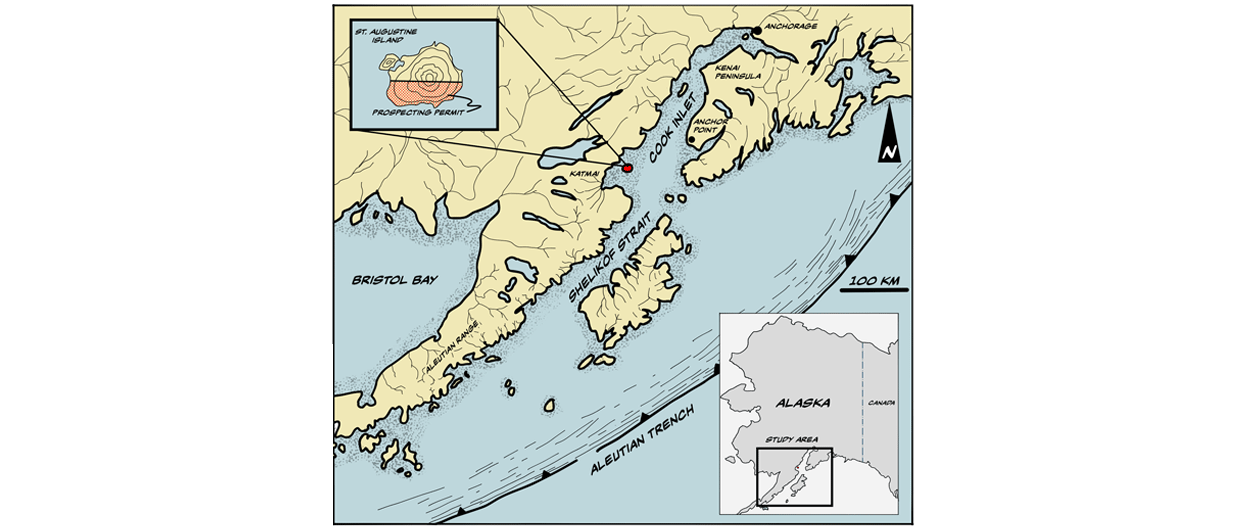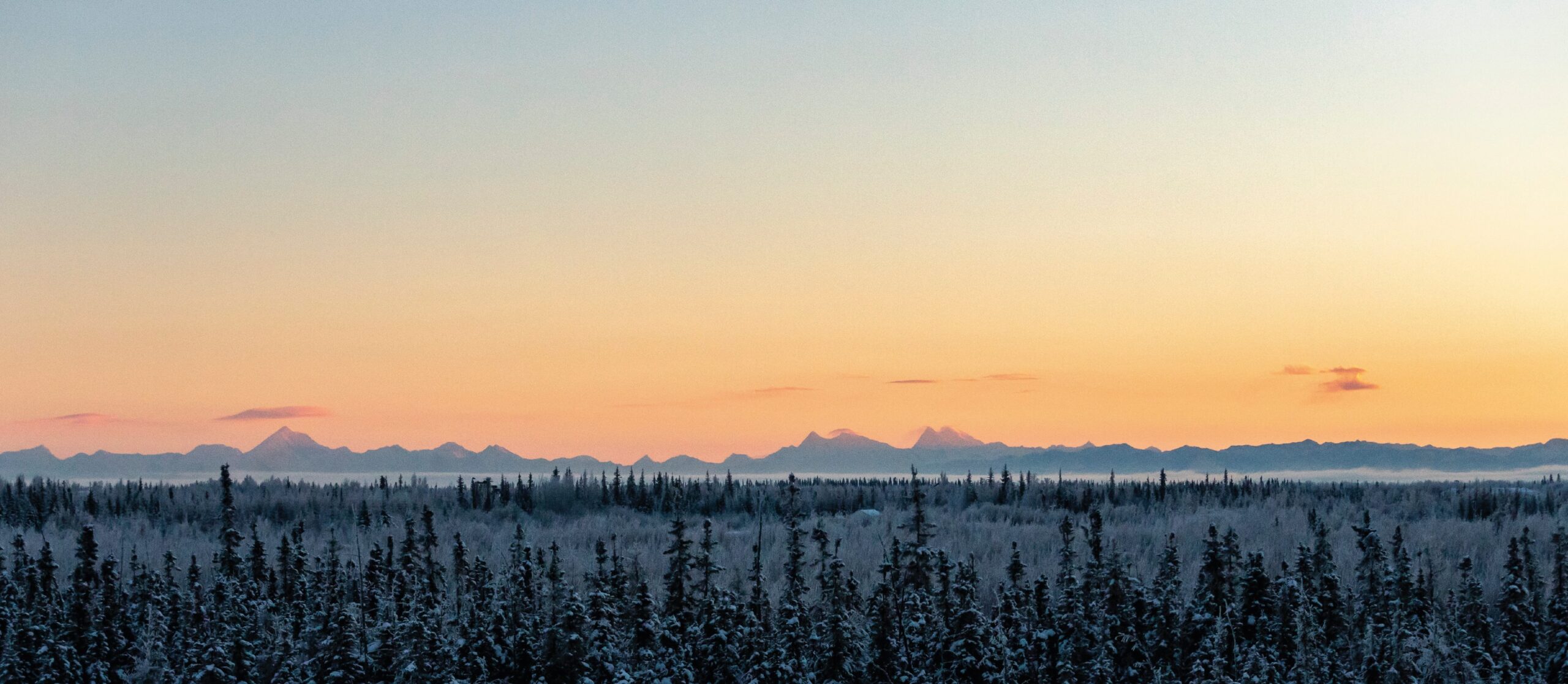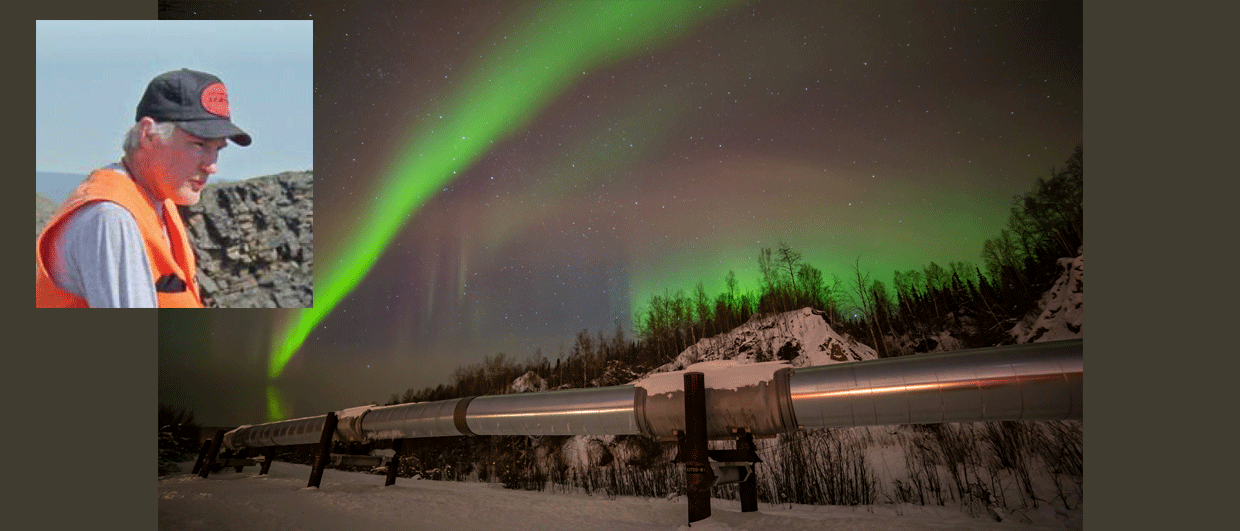“The Guyana of Alaska’s North Slope.” Bill Armstrong, CEO of the exploration company that carries his own name, has been quite bullish about the potential of the Brookian delta-top play in Alaska. And when reading the press release related to the Sockeye discovery issued last week, one would think it is not unfounded either.
However, there are still a few things to iron out. Here is a short reflection on the Sockeye discovery.
The oil find is the easternmost of the Willow-Pikka-Sockeye trend, where reservoirs are mostly found in the topsets of west-to-east prograding Upper Cretaceous to Paleocene deltas. Therefore, the announced Sockeye discovery is the youngest of the three, given its location in the east.

When looking at the map, it can be seen that it took two wells to discover Sockeye. Why is that? That is where the title of the article comes in. It was actually last year that Armstrong Oil and Gas, as the operator, was planning on drilling three wells in the area, namely King Street-1, Voodoo-1 and Sockeye-1. All three wells were spudded, each with a separate rig because of the limited time of the drilling season.
However, only one well reached TD, King Street-1, whilst the other two remained stuck in the overburden, due to drilling issues. Kingstreet-1 tested both topset (delta) and bottomset (basinfloor fan) plays, and although some oil pockets were observed, it is believed that the commerciality is limited.
As Sockeye-1 failed, and the drilling season came to a close because of the tundra melting, drilling had to be delayed to this year. Rather than returning to Voodoo-1 as well, the decision must have been made to only focus on Sockeye, and drill a completely new hole, number 2. According to someone with knowledge of the matter, the amplitude anomaly at Sockeye was the best of the three well locations anyway, because it had the most convincing geological reservoir and trap constraints.
Drilling Sockeye-2 paid off this time around, with TD at 10,500 ft and a net pay thickness of 25 feet. But even though porosities are presumably better than expected, it needs to be seen how easy it is to successfully develop the field. First of all, the in-place volumes still need to be determined across the heterogeneous top-set geology. In addition, the resource density is low because of the lack of relief across the reservoir, which may require horizontal drilling and completion techniques. And finally, the remoteness of the area, albeit onshore rather than in deep-water such as in Guyana, will put this project to the test too.
Read more about Bill Armstrong and his company here.





